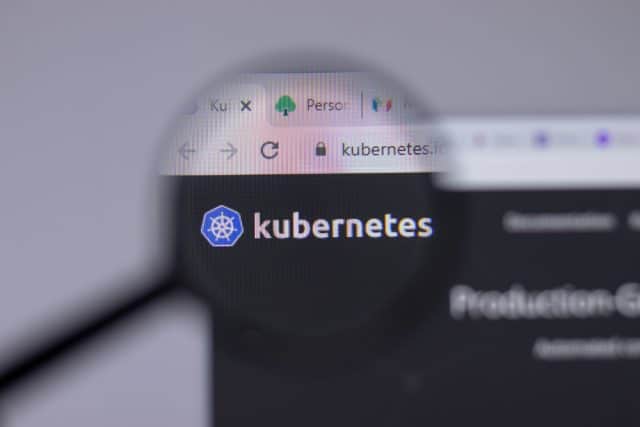Kubernetes monitoring: 5 essential strategies for DevOps success

Monitoring Kubernetes clusters is a critical aspect of managing cloud-native applications. Kubernetes, a favored tool among giants like Spotify and Major League Baseball, empowers developers to create and operate at scale. However, the complexity of Kubernetes with its multitude of nodes and containers demands a robust monitoring strategy.
In this article, we share five key practices to enhance your Kubernetes monitoring approach. Let's dive in...
Understanding Kubernetes Monitoring
Kubernetes monitoring, often referred to as K8s monitoring, offers a comprehensive view of the microservices and processes underpinning modern cloud-native architecture. As your architecture evolves due to operational changes or Kubernetes scaling up or down to meet traffic demands, even minor adjustments can have far-reaching consequences. Monitoring your Kubernetes environment provides real-time insights into application performance, spikes in usage, or performance issues, enabling swift responses.
Effective Kubernetes monitoring can significantly boost developer productivity, prevent disasters, optimize costs, and elevate the user experience. To maximize the benefits of your monitoring system, it's crucial to embrace no-code/low-code automation solutions that simplify infrastructure setup and alerting.
1. Select the Right Metrics
Before diving into Kubernetes monitoring, it's essential to identify the key metrics that matter. This knowledge will guide your choice of monitoring tools and help you focus on critical areas for maintaining your Kubernetes environment's health.
These metrics can be categorized into two components:
a. Cluster Health: Monitoring the overall cluster performance, including resource utilization (CPU, memory, network bandwidth, and disk space) to determine if additional resources are needed or nodes need optimization.
b. Pod Monitoring: Examining individual pods within the cluster, tracking container resource utilization (CPU, memory, and disk), application-specific metrics (e.g., user activity, conversions), and pod health (count and redundancy).
2. Leverage a Variety of Monitoring Tools
Kubernetes doesn't prescribe a single monitoring solution, offering flexibility to choose tools that suit your needs. It seamlessly integrates with the OpenMetrics interface, facilitating connections to your chosen analytics platforms. Some commonly used tools include:
- Kube-state-metrics (KSM): Provides insights into the health of Kubernetes objects like deployments, nodes, and pods.
- cAdvisor (Container Advisor): Generates metrics related to container resource usage and performance. It can be deployed as a DaemonSet, ensuring coverage across all cluster nodes.
Integrating these tools into a unified interface, like Prometheus for collecting virtual machine and container metrics and Grafana for dashboard visualization, enhances your view of Kubernetes cluster performance. Further integration with low-code/no-code automation platforms streamlines infrastructure orchestration and grants easy access to essential metrics.
3. Set Up Alerts and Notifications
While monitoring tools are valuable, you can't monitor your metrics around the clock. Implementing alerts based on critical metrics (e.g., CPU load, disk space, user numbers) ensures swift issue resolution before they escalate. Employ various notification systems such as email, text messages, or Google Alerts to reach the right team members promptly.
4. Plan for Scalability and Data Management
As your Kubernetes cluster expands, your monitoring system must accommodate more data. Utilizing DaemonSets allows your monitoring solution to scale with new nodes and decommission when nodes become obsolete. Moreover, align your data retention policies with regulatory requirements (e.g., GDPR) for industries like finance or healthcare to automate data storage and disposal.
5. Establish Internal Monitoring Standards
Scaling Kubernetes monitoring requires a clear set of standards within your team. Define responsibilities, designate responders for incidents, and establish criteria for urgency. These standards promote accountability, effective communication, and prevent confusion during critical situations.
Experience Real-time Monitoring
Regardless of your chosen Kubernetes monitoring approach, you can benefit from real-time monitoring that enhances your infrastructure's performance, reporting, and alerting capabilities. Seek out DevOps automation that accelerates provisioning and orchestration, ensuring compliance with stringent security standards for success in streamlining your operations in 2024.
Image credit: postmodernstudio/depositphotos.com

Venkat Thiruvengadam is Founder and CEO of DuploCloud.
